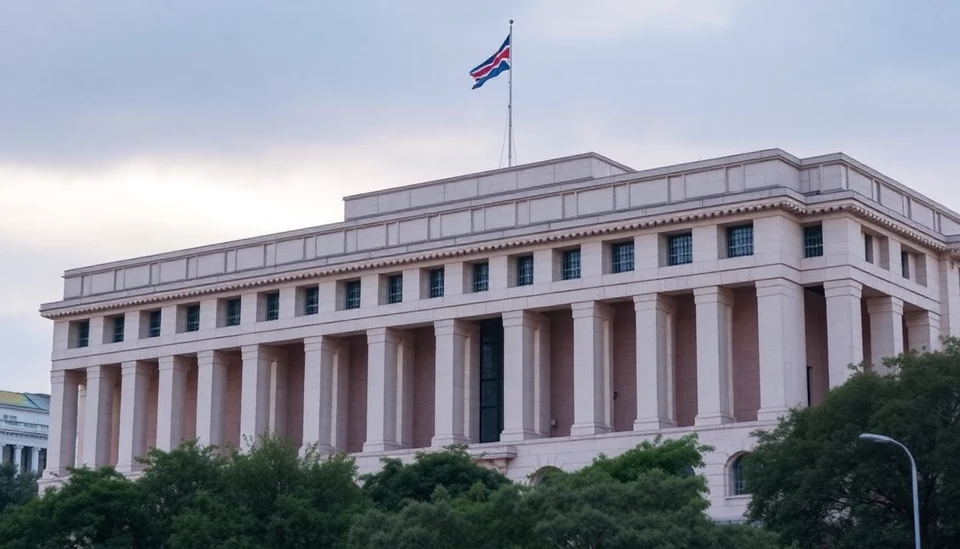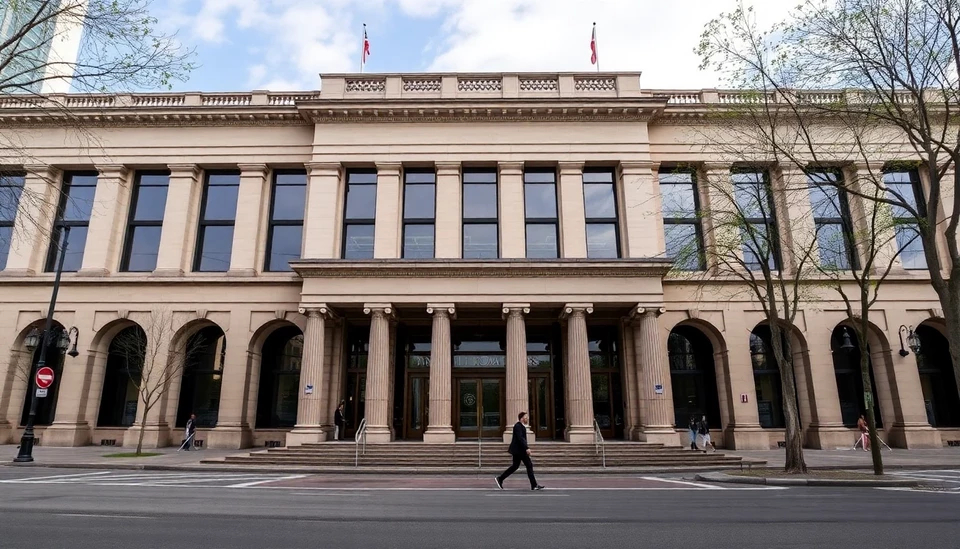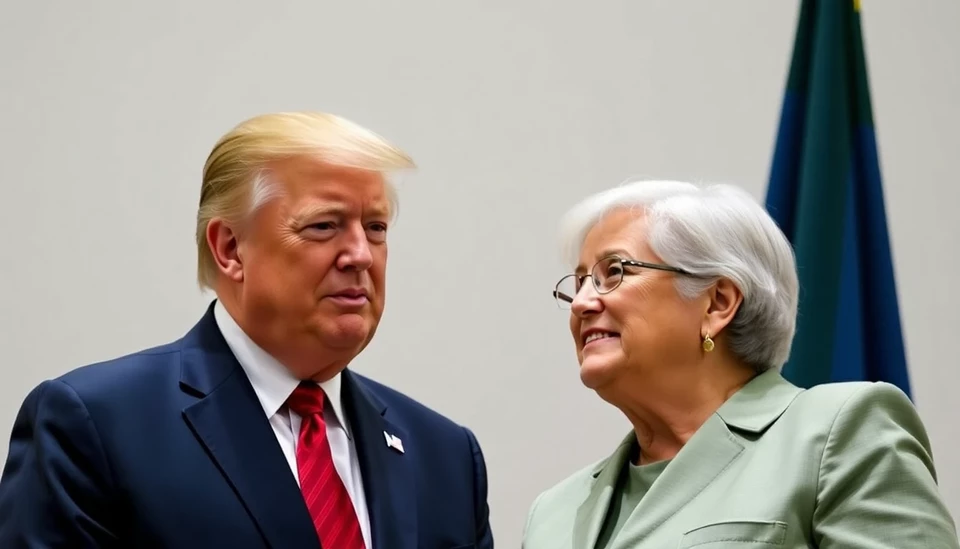
The South African Reserve Bank (SARB) has made a significant adjustment to its monetary policy by cutting the benchmark interest rate by 25 basis points, lowering it to 6.25%. This decision reflects the bank's ongoing commitment to stimulate economic growth amid persistent inflationary pressures and a complex global economic landscape.
The decision, announced during the bank's recent monetary policy committee meeting, aims to strike a balance between supporting economic activity and ensuring price stability. This marks the second consecutive rate cut following a previous reduction, highlighting SARB's shift towards a more accommodative stance after months of maintaining a tight monetary policy in response to inflationary concerns.
Governor Lesetja Kganyago expressed that the move comes in light of prevailing economic conditions, stating that growth forecasts remain subdued with key sectors still struggling to regain momentum. The central bank has noted that while inflation remains above the target range, signs of stabilizing prices have allowed for this proactive adjustment.
Recent data points to dwindling consumer and business confidence, compounded by external economic pressures and domestic challenges. The SARB's decision aims to provide relief to consumers and businesses, making borrowing cheaper and incentivizing spending and investment in the economy.
However, this rate cut is met with mixed reactions. Analysts are divided on whether the move will effectively boost growth without stoking inflation further. There is an ongoing concern among some economists that dependency on lower interest rates could hinder long-term economic structural reforms needed for sustained growth.
The South African government has been keen to push for growth amid high unemployment rates and slow economic recovery post-pandemic. The central bank's latest strategy aligns with broader government initiatives aimed at reinstating stability and confidence in the financial markets, although it remains to be seen how effective these measures will be.
As the global economic environment also evolves—with central banks in major economies adjusting their policies in response to inflation and growth dynamics—SARB's latest interest rate cut could signal a changing tide in how South African monetary policy is formulated moving forward.
In conclusion, the SARB's decision reflects a broader strategy aimed at stimulating economic activity amidst ongoing challenges. As policymakers navigate these turbulent waters, the effectiveness of this move will be vital in shaping South Africa's economic landscape in the coming months.
#SouthAfrica #ReserveBank #InterestRateCut #EconomicGrowth #MonetaryPolicy #LesetjaKganyago #Inflation #FinancialMarkets
Author: Rachel Greene




